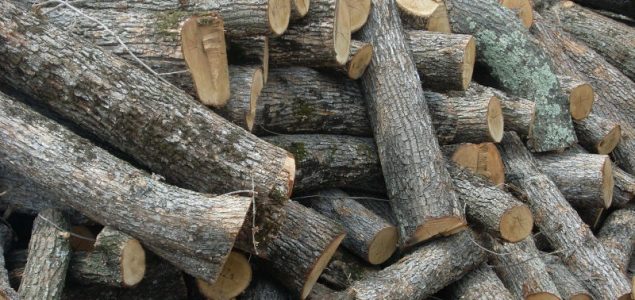Published / Reported by WOOD PRICES
Matt C
EXCERPT
China is the world’s largest importer of softwood and hardwood logs, and for many decades, Russia has been a significant log supplier for them. This relationship may change in 2022 if Russia implements their proposed ban on exports of softwood logs and valuable hardwood logs, while also introducing export taxes on green lumber. All these policy changes are designed to encourage increased domestic production of higher-valued forest products.
The Russian parliament has not yet announced the final legislative proclamation, so it is not clear if there will be a complete or phased-in ban, a significant export tax, or even the possibility of a state-owned export monopoly. However, a signal has been sent to the marketplace that Russia will no longer be a major supplier of softwood and hardwood logs. One consequence of this decision is that Chinese wood manufacturers will need to explore new long-term log supply regions.
In 2020, China imported almost 6.5 million m3 of logs from Russia, predominantly softwood species. The trade was substantially less than in any year during the past two decades. Nevertheless, Russia was still the largest supplier of hardwood logs to China in 2020 (more prominent than any other source of temperate or tropical logs) and the third-largest supplier of softwood logs.
It is crucial to keep in mind that China has shifted from sourcing logs from Russia to European suppliers the past few years as insect-infested timber in Central Europe has been in temporary abundance. From 2018 to 2020, softwood log imports from Europe increased from 1.3 million m3 to 12.3 million m3, while Russian-supplied logs fell from 7.8 million m3 to 4.2 million m3. However, shipments from Europe are not sustainable long-term. According to the just-released study by the consulting firms Wood Resources International and O’Kelly Acumen (Russian Log Export Ban in 2022 – Implications for the Global Forest Industry), China is expected to source more sawlogs from Oceania, Europe, and the US short-term. Longer-term, the study anticipates that China is likely to shift further from importing logs to lumber, thus creating opportunities for lumber manufacturers, mainly in Europe and Russia, to increase shipments to this growing market.
The excerpt above is from the just-released Focus Report “Russia Log Export Ban in 2022 – Implications to the Global Forest Industry”, published by Wood Resources International LLC and O’Kelly Acumen. For more information about the study or to inquire about purchasing the 60-page report in easy-to-read slide format, please contact either Hakan Ekstrom (hakan@woodprices.com) or Glen O’Kelly (glen.okelly@okelly.se). A Table of Contents of the report is available on our website. Click here!
Contact Information
Wood Resources International LLC
Hakan Ekstrom, Seattle, USA
The post Chinese imports of softwood and hardwood wood products will be significantly altered in 2022 if Russia’s log export ban is implemented appeared first on Wood Prices.






